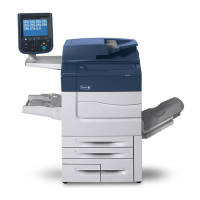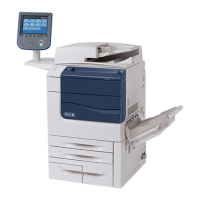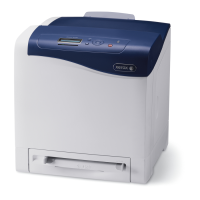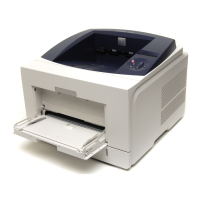The
following
table
shows the possible cases:
Postnorma
I i zati on
Pre-alignment
(exponents
I)
Scale
Answer
left
Scale
Answer
Right
Guard
Digit Action
o o
o
o
o
o
o
o
o
(Guard
digit
=
0.)
Round on guard
digit.
<D
o
Guard
digit
left shifted
into
low end
of
register.@
o
o
Not
possible.
Round
on guard
digit.
<D
Round on guard digit.<D
Guard
digit
left
shifted
into low
end
of
register. @
Not
possible.
Notes:
<DIncrement fraction
if
guard
digit
~
8.
<YContents
of
guard
digit
become
zero
on first
left
shift.
Normally;
there
is no time
penalty
for
the
rounding
opera-
tion. However,
if
the intermediate
value
is .
FFFFFF
and
the guard
digit
is
8-F
after
postnormalization, a right
alignment is done
after
rounding. (See the example
below.)
Example
.
FFFFFFF
1.000000
. 100000
(intermediate result before rounding)
(resu
I t
after
roundi
ng
and truncati ng -
not
valid)
(result
after
postrounding alignment)
FN Floating normalize:
FN
= 0
The
results
of
additions and subtractions are
to be postnormalized.
If
characteristic
under-
flow occurs,
if
the result
is
zero,
or
if
more
than two postnormalization hexadecimal shifts
are
required, the settings for FZ and
FS
de-
termine the resultant
action.
If none
of
the
above conditions occurs, the condition code
is
set
to 0010
if
the result
is
positive, or
to
0001
if
the result is
negative.
FN
= 1 Inhibit postnormalization
of
the
result
of
ad-
ditions and subtractions.
The
settings
of
FZ
FZ
and
FS
have no
effect
on the instruction
operation.
If the result is
zero,
the result
is
set
to
"true"
zero
and
the condition
code
is
set
to 0000. If the result is positive, the
condition
code
is
set
to 0010.
If
the
re-
sult
is
negative,
the condition code
is
set
to 0001.
Floating zero: (applies
only
if
FN = 0)
FZ = 0
FZ = 1
If
the final result
of
en
addition
or
subtrac-
tion operation
cannot
be expressed in
normal-
ized
form
because
of
the
characteristic
being
reduced below
zero,
underflow has
occurred,
in which case the result is
set
equal to
"true"
zero and the
condition
code
is
set
to 1100.
(Exception:
if
a trap results from
significance
checking
with
FS
= 1 and FZ = 0, an
under-
flow
generated
in the process
of
postnormal-
izing is
ignored.)
Characteristic
underflow causes the basic
pro-
cessor to trap to
location
X
'
44
1
with the
contents
of
the
general
registers unchanged.
If the result
is
positive,
the
condition
code
is
set
to 1110. If the result is
negative,
the
condition code is
set
to 1101.
FS
Floating
significance:
(applies only
if
FN = 0)
FS
= 0 Inhibit
significance
trap.
If
the result
of
an
addition
or subtraction is
zero,
the result is
set
equal to
"true"
zero,
the condition
code
is
set
to 1000, and the
basic
processor
exe-
cutes the
next
instruction in
sequence.
If
more than two hexadecimal places
of
post-
normalization shifting
are
required and
char-
acteri
sti c underflow does not
occur,
the
condition
code
is
set
to 1010
if
the result is
positive,
or
to
1001
if
the result is
negative;
then, the basi c processor
executes
the
next
instruction in
sequence.
(Exception:
if
characteristic
underflow occurs with
FS
=
0,
FZ determines the
resultant
action.
)
FS
= 1
The
basic processor traps to location X
'
44
1
if
more than two
hexadecimal
places
of
post-
normalization shifting
are
required or if the
result
is
zero. The condition code
is
set
to 1000
if
the result
is
zero,
to 1010
if
the
result
is
positive,
or
to 1001
if
the result is
negative;
however, the contents
of
the
gen-
era
I registers
are
not
changed.
(Exception:
if
a trap resu I
ts
from
characteri
sti c underflow
with FZ
= 1, the
results
of
significance
test-
ing
are
ignored.)
Floating-Point
Arithmetic Instructions 77

